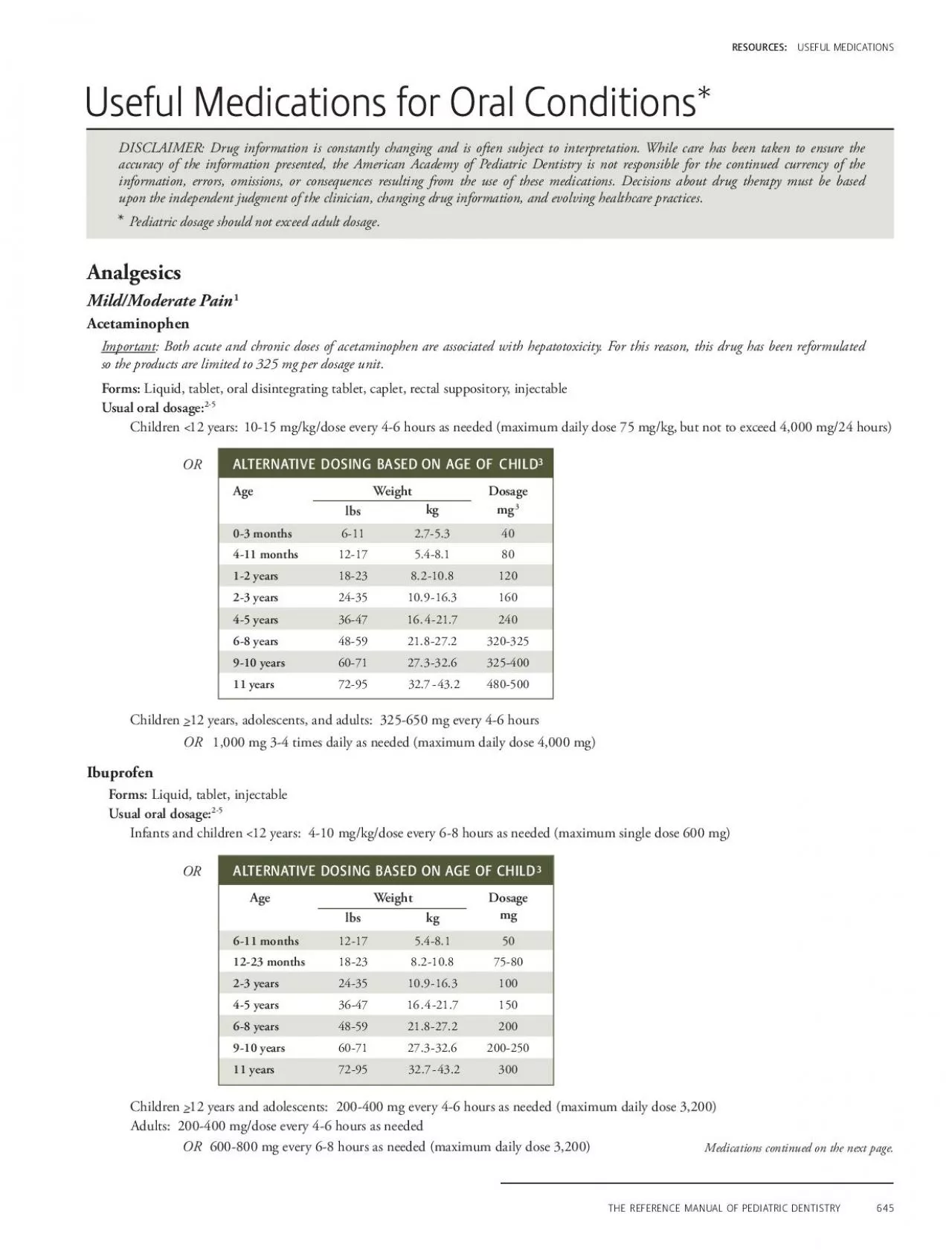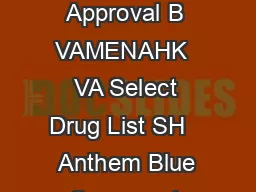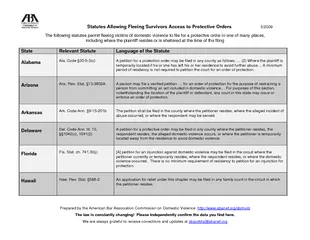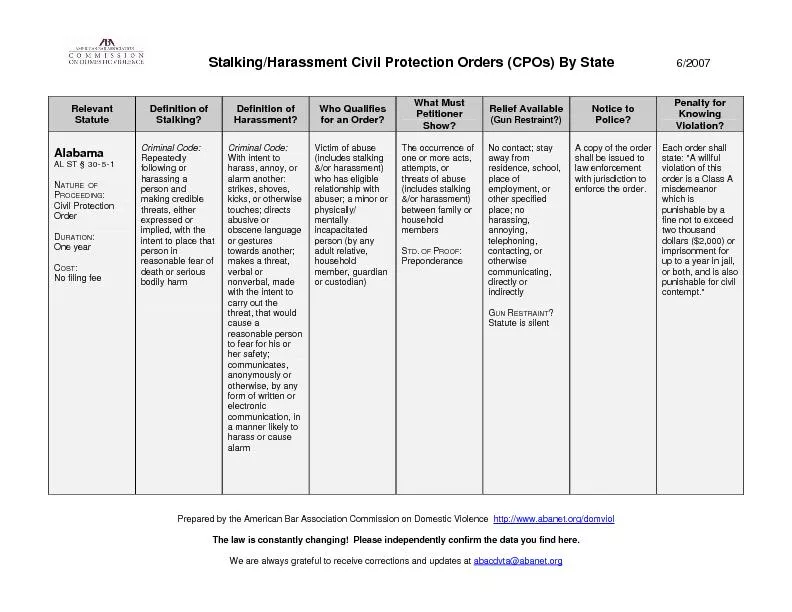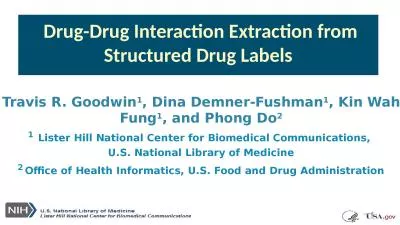PDF-DISCLAIMER Drug information is constantly changing and is often subjec
Author : cecilia | Published Date : 2021-10-03
31302928282828282828282828272625282425232524252221252820192218191728162328152514r192724r212814252227rf272411ensure the accuracy of the information presented the
Presentation Embed Code
Download Presentation
Download Presentation The PPT/PDF document "DISCLAIMER Drug information is constantl..." is the property of its rightful owner. Permission is granted to download and print the materials on this website for personal, non-commercial use only, and to display it on your personal computer provided you do not modify the materials and that you retain all copyright notices contained in the materials. By downloading content from our website, you accept the terms of this agreement.
DISCLAIMER Drug information is constantly changing and is often subjec: Transcript
Download Rules Of Document
"DISCLAIMER Drug information is constantly changing and is often subjec"The content belongs to its owner. You may download and print it for personal use, without modification, and keep all copyright notices. By downloading, you agree to these terms.
Related Documents

